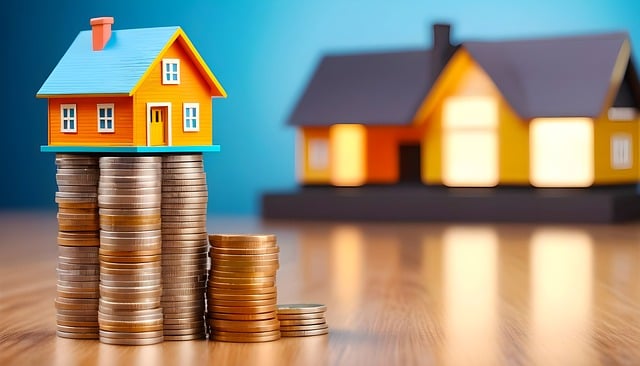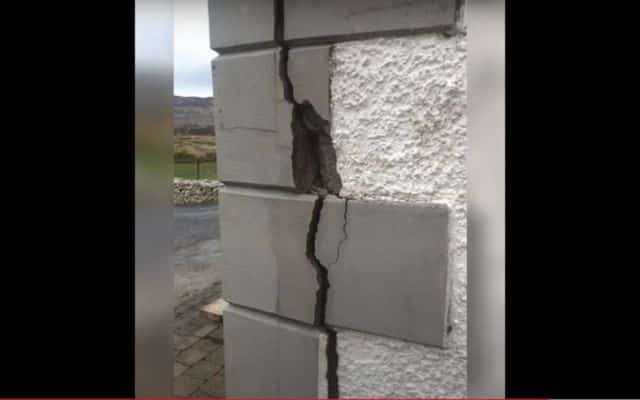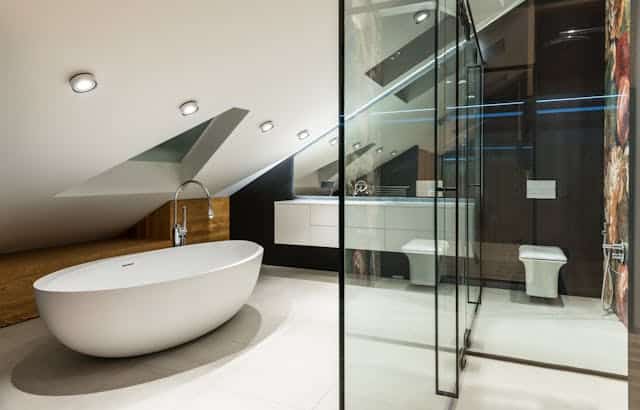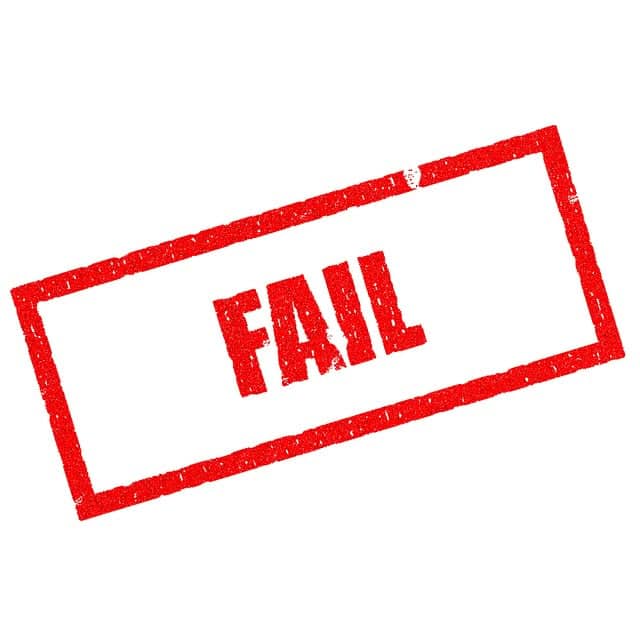Homeowners in ROI can now borrow between €5,000 to €75,000 at a discounted interest rate, subsidised by the government, to make their homes warmer and cheaper to run.
In this article we cover:
- What is the Home Energy Upgrade Loan
- How much does it really save
- Who’s eligible
- How to apply
- Who offers it
- June 2024 update
The new low cost Home Energy Upgrade Loan Scheme, launched on April 24th 2024, is offering lower cost interest rates than what’s currently available on the market.
The government backed €500 million scheme will support homeowners to invest in energy efficiency, as announced late last year.
The interest rates are low thanks to the combination of an EIB Group loan guarantee and a government-funded interest rate subsidy.
The scheme is a first for both Ireland and the European Investment Bank (EIB) Group and is delivered by the the Strategic Banking Corporation of Ireland (SBCI) on behalf of the Department of the Environment, Climate and Communications, and supported by the Sustainable Energy Authority of Ireland (SEAI) and the EIB Group.
There will be no requirement for the loan to be secured against the property being upgraded, as is the case with a mortgage.
Once approved, the loan can be drawn down before works begin.
According to the SEAI, this gives certainty to homeowners that they have the funds for the planned energy upgrades as well as any upfront costs or milestone payments. This is often identified by homeowners as a key barrier to upgrading their homes.
3.55 pc interest rates to start
PTSB is the first financial institution to offer loans to homeowners under the scheme, with rates from 3.55 per cent.
AIB, Bank of Ireland, Avant Money and seven credit unions from the Irish League of Credit Unions (Clonmel, Connect, First South, Listowel, Naomh Breandan, North Midlands and Progressive) are finalising the approval process and legal requirements to provide the scheme and are expected to start offering loans by the end of May.
According to the Central Bank, the average mortgage rate as of February 2024 was 4.29 per cent.
The mortgage interest rate offering currently starts at 3.7 per cent – Standard Mortgage Average Rate (3-7 year loan) at a loan-to-value (LTV) ratio of 50 per cent, according to moneysherpa.ie.
According to switcher.ie AIB’s five-year fixed green mortgage rate is 3.45 per cent for those with an LTV of less than 50 per cent, and 3.64 per cent for those with an LTV of 80-90 per cent, while EBS’s green, four-year fixed rate is 3.55 per cent, while Haven’s is 3.45 per cent.
“With more lenders and increased competition in the market, it is expected that rates will be extremely competitive, offering consumers more choice and value,” said the press release.
The aim is to make home energy upgrades more “accessible and affordable”. The press release notes that personal loan rates can be up to 14 per cent interest.
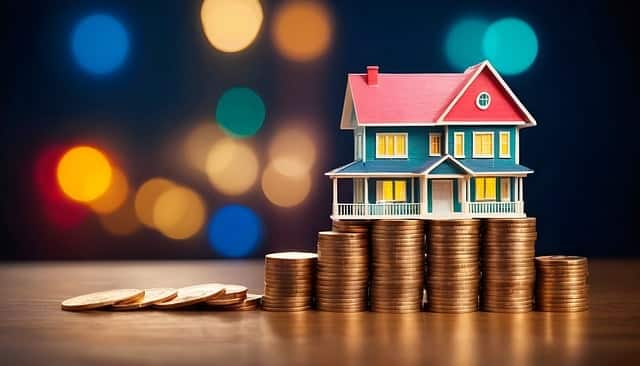
Eligibility
In order to avail of the low cost loans, you must be carrying out an energy upgrade that is supported by an SEAI grant and be projected to achieve a minimum 20 per cent improvement in the energy performance (Building Energy Rating) of the building.
The loans can be used by homeowners who either sign up to the One Stop Shop (undertake a deep retrofit involving several energy upgrades at the same time) or who carry out one or two upgrades that will significantly improve the energy performance of the home.
This means the works must be carried out by either an SEAI registered One Stop Shop, Energy Partner or Community Coordinator. At least 75 per cent of the loan amount must be spent on eligible measures.
Other criteria include:
- You must be the owner of the home
- The property must be located in the Republic of Ireland
- Loans cannot be used to fund projects that have already completed the works
- Full terms and conditions are available on the SBCI website here
Homeowners are encouraged to switch to a low cost green mortgage after the upgrade is done.
Those who avail of social benefits can apply for a free energy upgrade through the Warmer Homes Scheme.
How to apply
Homeowners will apply for the loans through the financial institutions directly.
First you will need to have contacted an SEAI registered One Stop Shop, or an Energy Partner, or an SEAI Community Project Coordinator to plan your home energy upgrade.
They will carry out an assessment, provide you with a Home Energy Summary Report so you can apply for your SEAI home energy upgrade grant.
At this point you contact a finance provider for the Home Energy Upgrade Loan Scheme at SBCI.gov.ie, and apply for your low-cost, flexible loan using your Home Energy Summary Report.
Once approved for your loan, you can start your home energy upgrade and carry out work.
“Over 48,000 home energy upgrades were supported through SEAI schemes last year — up a massive 76 per cent on 2022 and exceeding the target by 30 per cent. The new low-cost loans will help us to go even further in our retrofit delivery this year and in the years ahead,” said Minister for the Environment Eamon Ryan.
At the launch were Minister for the Environment, Climate and Communications, Eamon Ryan TD; Minister for Finance, Michael McGrath TD; and Minister of State at the Department of Finance with special responsibility for financial services, credit unions and insurance, Neale Richmond TD.


